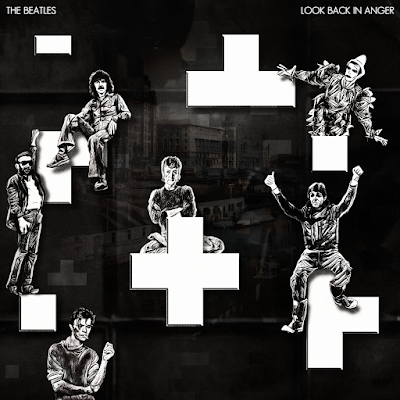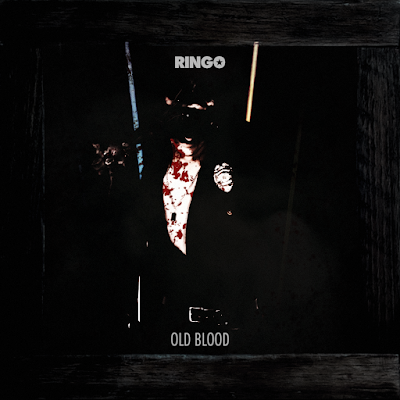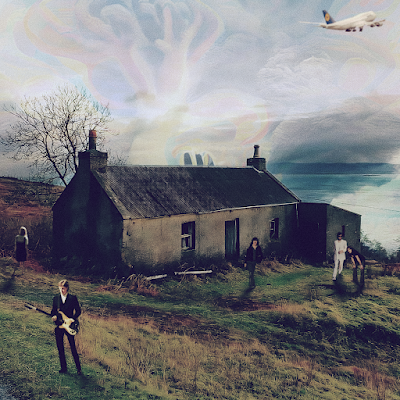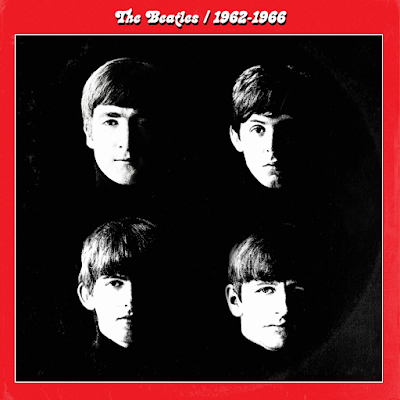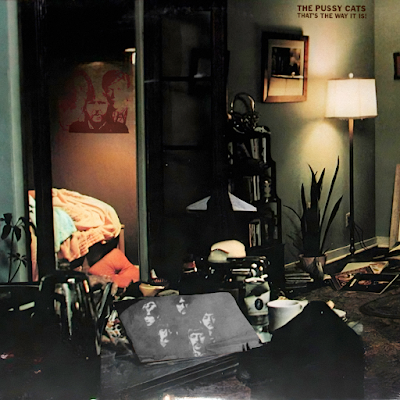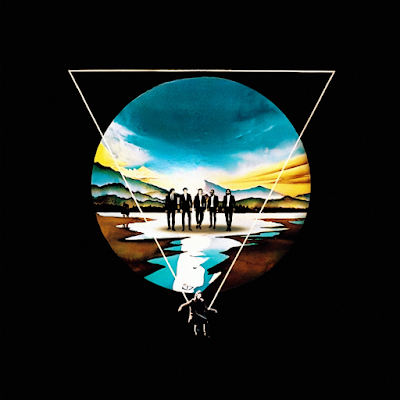David Bowie had gone through a lot of turbulence in the years leading up to 1981. He had rejoined his old band, the Beatles the previous year following a period of independence that had rewarded him musical freedom. The reunion, however, was short lived when John Lennon was shot dead that December. The band quickly issued their final statement in April 1981 and then dispersed. Bowie looked back at what had happened and contemplated his place in the ever-changing music world. Now that he had to continue on as a solo artist permanently, could he sustain his current popularity? Bowie had indulged himself in art rock for the good part of half a decade, and yet, it felt so different from the punk and new wave that had dominated airwaves for the last few years. Regardless of what genre he would frequent next, Bowie was keen on staying on top, even without a band.
Bowie began work on a new album almost immediately following the Beatles' dissolution. In retrospect, it was actually quite easy for Bowie to prepare a solo record of all new material within a few months given the material he already had just lying around. Almost everything that ended up on the album was somewhat old material; "Kingdom Come", "Teenage Wildlife" and "Because You're Young" were outtakes written for Look Back in Anger, "Neighbourhood Threat" and "Don't Look Down" were Iggy Pop songs covered as a thank you from Bowie for his work in Berlin, "Cat People" was written for the movie of the same name that would be released the following year, "The Drowned Girl" was a song taken from the Bertolt Brecht play Baal, which Bowie would star in a BBC production of, and "Under Pressure" was a collaboration with Queen that would release as a single in October. Only "It's No Game", the opening track, would be written for the album, and even that wasn't completely new. It was partially taken from a portion of "Return of the Thin White Duke" which had, in turn, been written as early as 1971. Bowie's screaming was meant to evoke John Lennon's performance on the first Plastic Ono Band Album, Fly, as a tribute to him.
Silhouettes and Shadows, Bowie's first solo album following the dissolution of the Beatles, would be released on November 13, 1981 to moderately successful reviews. While critics noted that the songs didn't have as much staying power as Bowie's songs on Look Back in Anger did, they considered it a follow-up to the Beatles' final album due to the songs' shared similarities. They also noticed a sneaking influence of new wave and even modern dance music on the record, an interesting curiosity to all who noticed. Nonetheless, the 80's had officially arrived, and Bowie's future as a solo career seemed bright. Fans could only wait to see what he would do next.
Tracks are sourced from Scary Monsters (and Super Creeps), Tonight and A New Career in a New Town (1977-1982).
 |
| Back cover |



